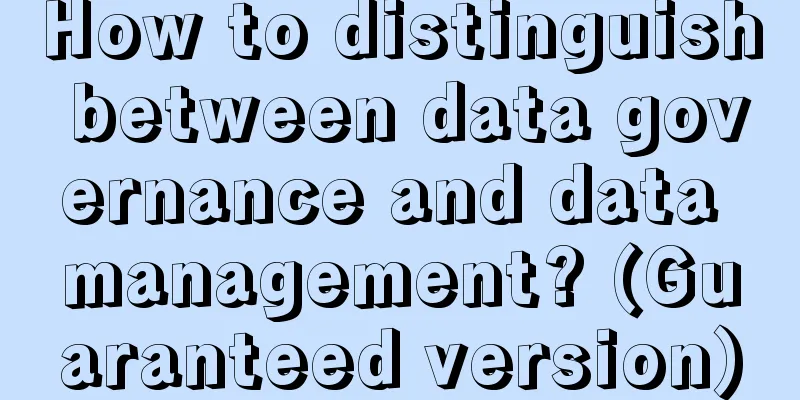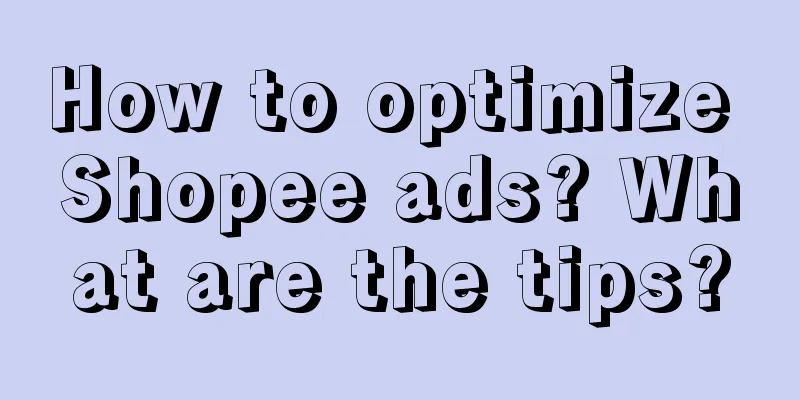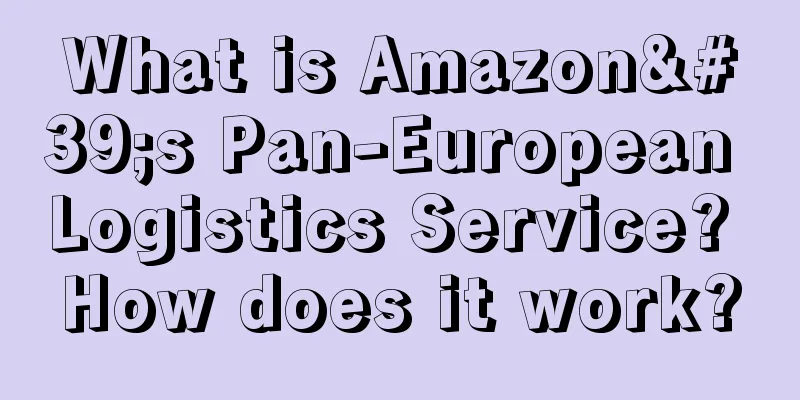How to distinguish between data governance and data management? (Guaranteed version)

When talking about data governance, most people will think of data management, but what is the difference between these two words? It seems that it is not easy to explain clearly, and the two words are often used interchangeably, which seems to be no big problem. This section mainly refers to some materials and combines my own understanding to talk about the difference between data management and data governance. As I have always said, the data field is a practical discipline. It does not pursue the complete unification of concepts and nouns. As long as there is a consensus within one's own organization, it will be fine. "Data governance" and "data management", at first glance, these two words themselves are not particularly easy to understand. For example: If we say "develop a data platform", we know that this means making a tool product that allows the front-end and back-end to develop a data platform that supports data development. If we say "sort out XX business processes and build data models", we know that we need to cooperate with XX business to sort out the business processes, sort out the table logic, and then build the data warehouse model for this business. However, when we say "we need to conduct data governance and data management", it seems that we cannot clearly understand what this sentence is about. Govern data? Manage data? Govern what in the data? Manage what in the data? Before distinguishing the concepts of "data governance" and "data management", let us first look at the conceptual difference between "governance" and "management". 1. What is the difference between governance and management?In daily life, I don’t have a clear distinction between these two words. Here, I use the big model search to help make the distinction.
I would like to highlight the key points: Management: focuses more on the specific operation of things. Governance: is a series of institutional arrangements, rule settings and multi-party participation and interaction mechanisms. Well, after summarizing this sentence, we can already distinguish most of them. In summary: one is to do specific things. The other is to formulate rules and regulations and guide people to do things. Let's take a look at how other organizations define these two words. II. Definition of DAMA
For a better understanding, the following passage in the DAMA book is also important:
It is still a bit difficult to read. But if we combine the difference between management and governance and only extract the key words, we can see the difference to some extent. III. Definition of DGIIn the DGI Data Governance Framework, it is introduced that:
DGI does not give a clear definition of data management. However, from the definition of data governance, we can also see that the data governance defined by DGI also includes rules and systems such as decision-making power and accountability system. 4. Definition of IBM
If we look at it in detail, we can see that it is the same difference. It is just that the expression is not straightforward enough. V. SummaryNot sure where I saw this summary or if it was just a personal summary. I think it's very good. Data management: Through a series of management activities and measures, the value of data in promoting the development of enterprises towards informatization, digitalization and intelligentization can be fully utilized. Note that this also includes data governance, which means that data governance is also part of data management. This can also be seen in the DAMA wheel diagram. Data governance: a series of organizations, systems, and norms developed to better carry out data management activities. Let me explain it in more detail. Data management directly affects data, while data governance does not. When data management directly affects data, it is based on the content provided by data governance. Data management can better play the value of data after actually operating data through activities. Data governance is a series of prerequisites determined for more standardized and process-oriented data operations. 6. Why are they often confused?In my opinion, the two terms are used interchangeably because it is difficult to clearly distinguish between them. Another reason is that when conducting data governance, it is impossible to simply adjust the organization, release systems and regulations, etc., without further operating the data, that is, not doing data management. Therefore, if there is a data governance project, it is likely that some data management actions will be included in the project, that is, formulating standards and adjusting the organization (data governance part), and (data management part) actually acting on the data, improving data quality, and thus realizing the value of data. From this perspective, it is not entirely wrong to say that data governance and data management are often used interchangeably. Without mixing them up, it should be pretty clear which word to use in which context. For example, the following statements:
VII. ConclusionThroughout this chapter, we have distinguished a conceptual distinction between data management and data governance. Before making a detailed distinction, I thought these two concepts were not particularly easy to distinguish. After a thorough study, I found that they are quite easy to separate. One is doing things, and the other is the preparatory conditions before doing things. Data management is the entire process of doing things, and data governance is the organization, policies and other conditions before doing things. I will also consider tools, data and business as preparatory conditions later. I will talk about this in detail later. In the next chapter, we will introduce a strategic goal of data governance, give an overall strategic goal map, and frame what data governance governs from a personal perspective. |
<<: Chapter 2: Where are the boundaries of data governance?
>>: The underlying logic of brand potential driving growth
Recommend
Why are the short-lived delicacies and internet-famous snacks gradually disappearing?
This article deeply analyzes the reasons why Inter...
120 Pokémon IP packaging + game-like design, Master Kong's crispy and delicious food is really "knowledgeable"
This article uses the successful IP brand collabor...
Entrepreneur IP needs to evolve from a "traffic actor" to a "spiritual leader"
In the digital age, the influence of entrepreneurs...
How much does the Amazon Merchant Manager Channel cost? What can it do for sellers?
If we have any questions after opening a store on ...
Does Amazon DHL need to do customs clearance by itself? What is customs clearance?
Amazon's overseas shopping platform is very po...
Prada signed Jia Ling. Is it for traffic or brand concept?
Prada's choice of Jia Ling as its spokesperson...
What is the appropriate inventory setting for Shopee products? How to operate it?
Shopee, like AliExpress and Amazon, is a cross-bor...
I built a powerful data early warning model
The first thing to do in data analysis is to clari...
This is the best data analysis I have ever seen [Annual Work Plan]
How to do data analysis specifically? How to do it...
Let’s talk about 3 cases on how to attract new customers across categories through refined crowd operations on Xiaohongshu?
Why do you need to occupy the minds of users if yo...
The Baidu Encyclopedia App, which has been downloaded over 20 million times, will be shut down. Is it because it is not making money?
This article explores the reasons why Baidu Encycl...
How to cancel a paid order on eBay? How to choose products?
eBay is quite popular now, so some merchants will ...
Things to pay attention to when doing Xiaohongshu marketing in 2024
In recent years, more and more people and companie...
How to use Taobao's release review? How to view the review results?
After opening a store, Taobao merchants have to up...
Which international logistics company is the cheapest? Detailed analysis
Sometimes we do cross-border business or go abroad...









